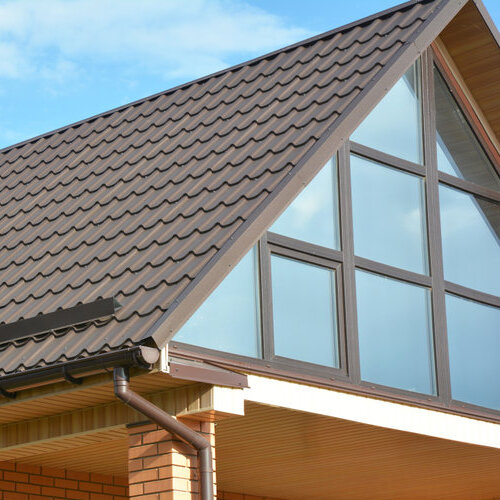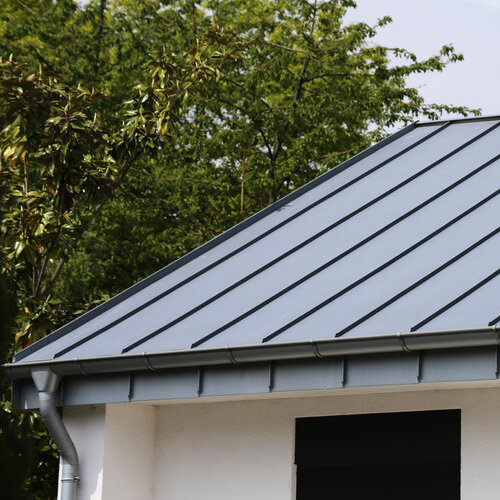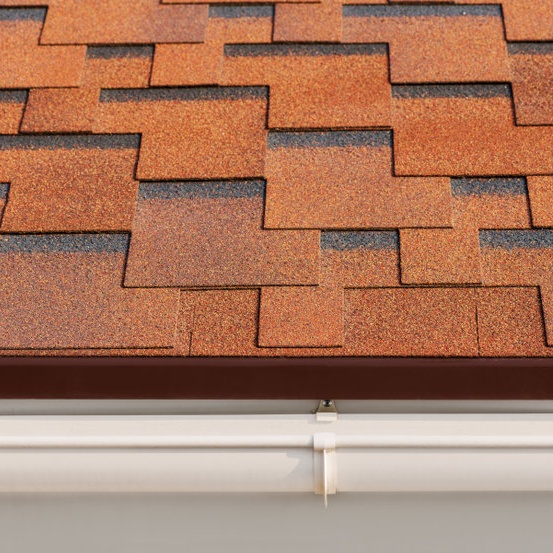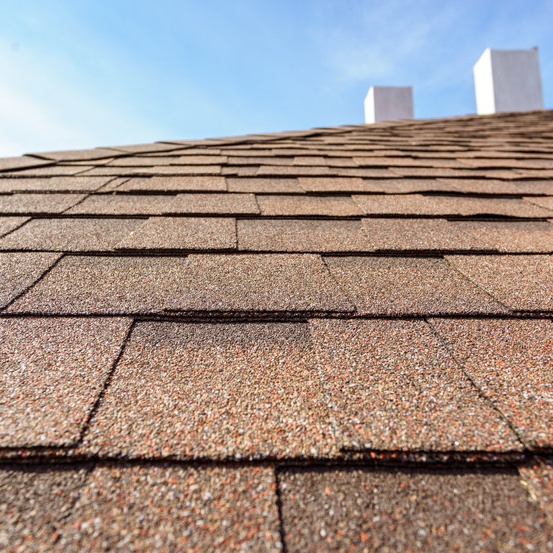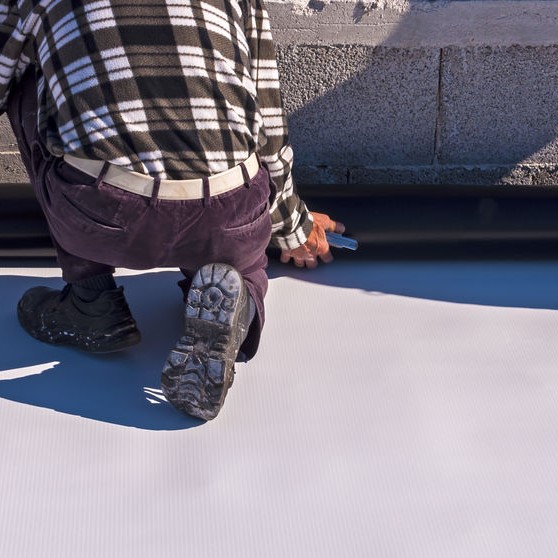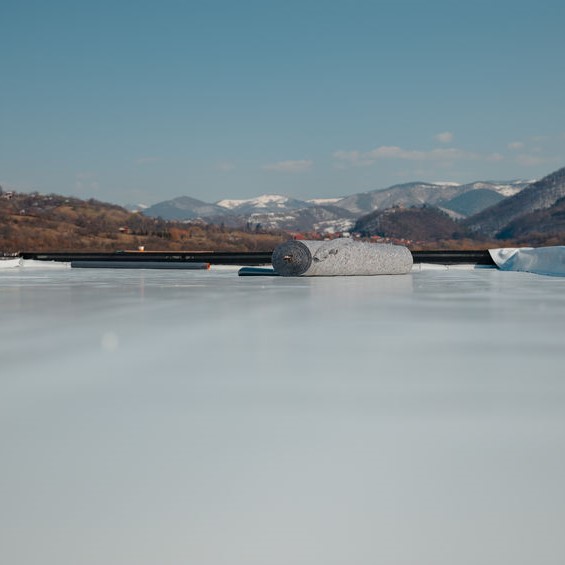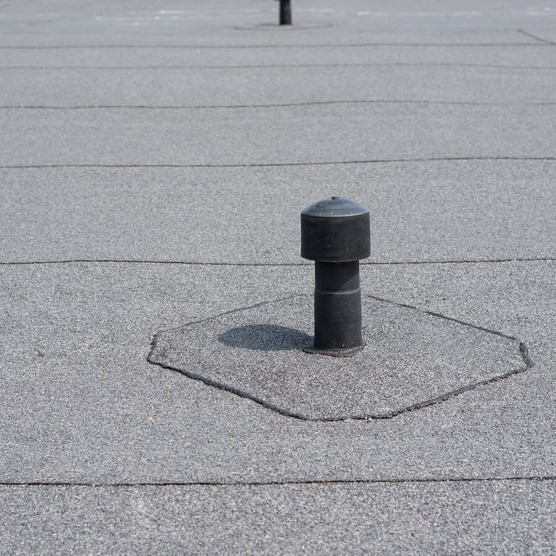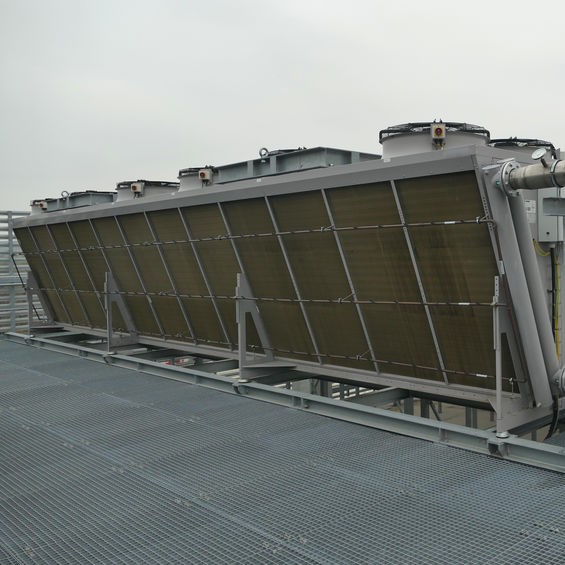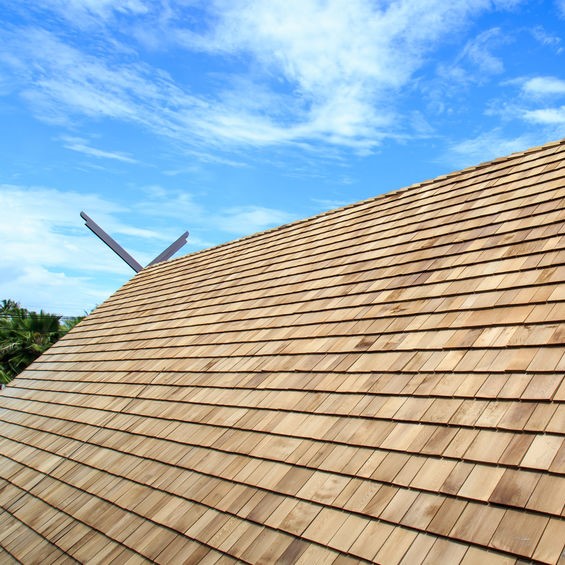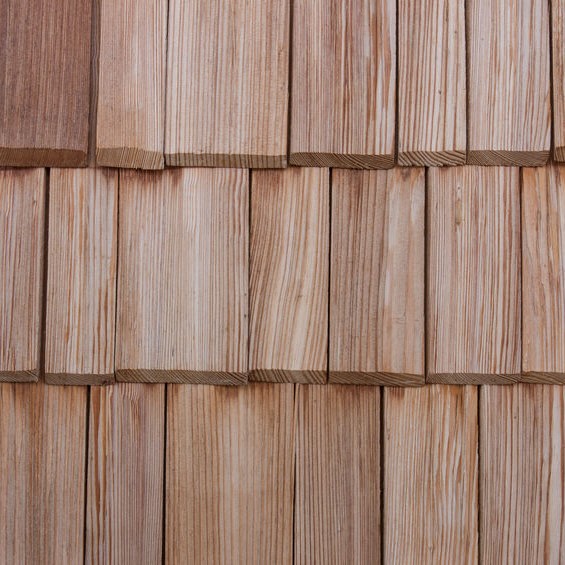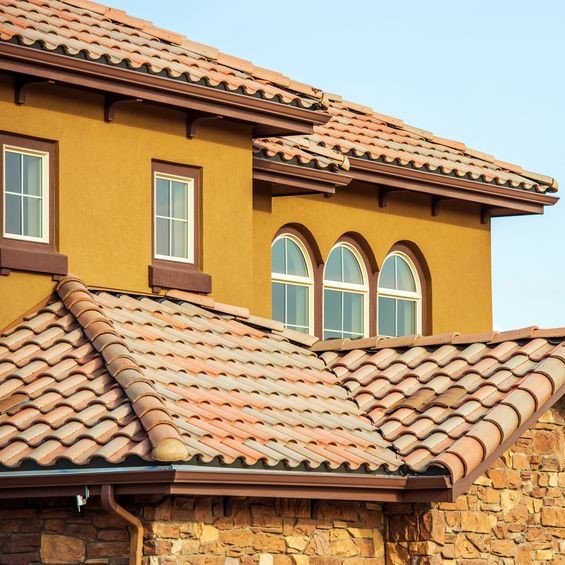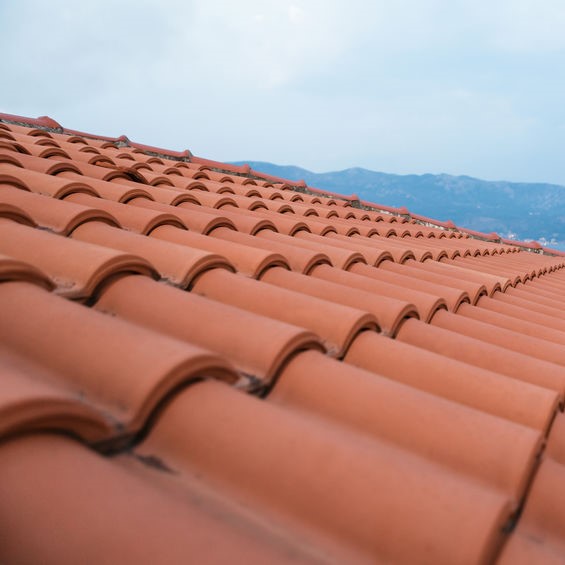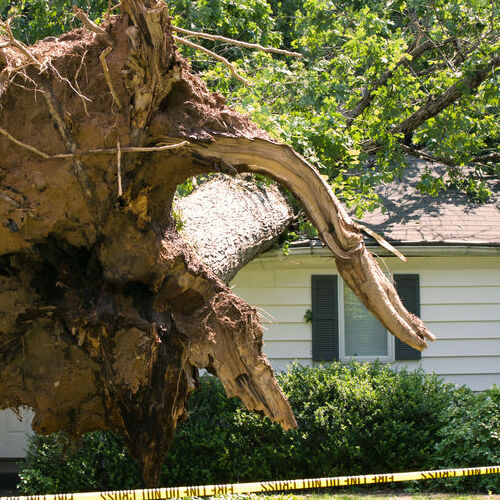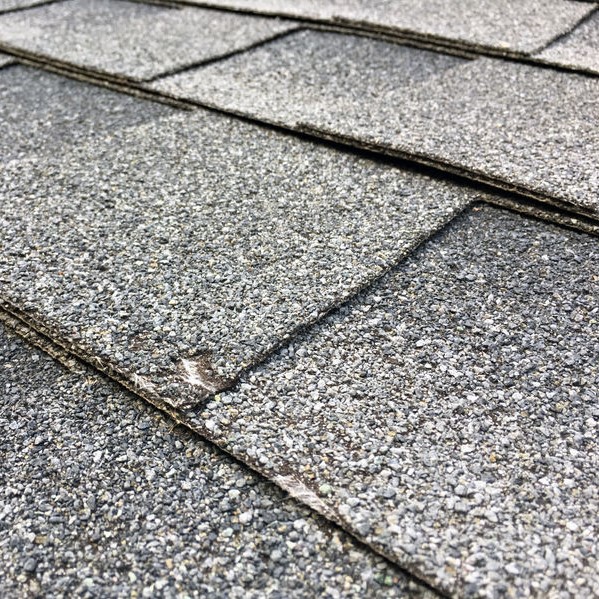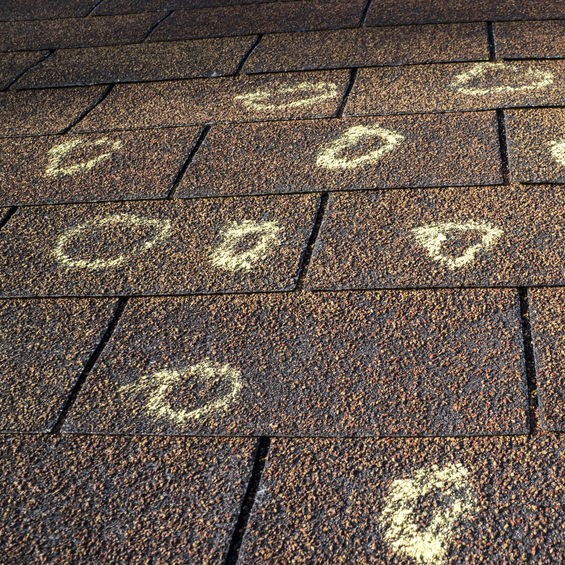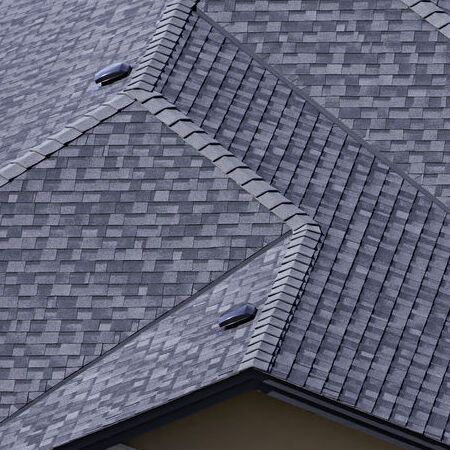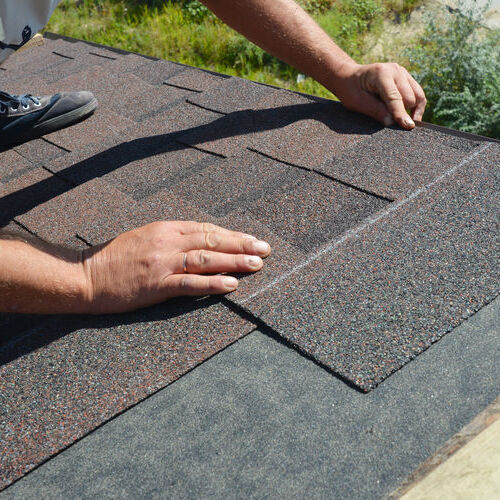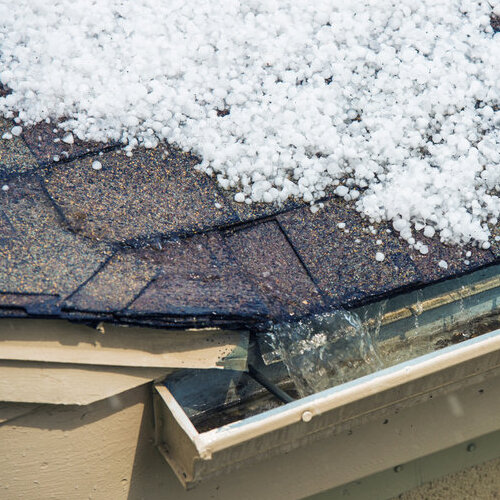
Staying Safe in Tornado Alley
Dallas, Texas, and the surrounding area are known to be a part of “Tornado Alley”. This is the area of the country that gets hit the hardest, having spring storms that bring hailstones, high winds, and tornados. With all those weather events, roof damage on homes is often the result.
The hail damage is not always visible to the naked, untrained eye, which describes most homeowners. Once you’ve had to replace a roof though, you learn what roof hail damage looks like. You learn the following are indicators of roof damage and they are all signs you need to have your roof inspected by a professional roofing contractor.
Hail Damage to Asphalt and Composition Shingles
- Haphazard damage with no detectable pattern.
- Black spots from hailstone hits.
- Missing asphalt granules from shingles.
- Shiny areas on shingles.
- Bruised, soft areas on shingles from hailstone hits.
Hail Damage to Wood Shingles
- Haphazard damage with no detectable pattern.
- Brownish/orange split in the shingles.
- Sharp corners and edges on split shingles.
- A split shingle with minimal or no deteriorating edges.
- Impact dents or marks along the shingle splits.
There are several other types of roof damage that are often mistaken to be hail damage, being caused instead by UV rays and weather exposure. This causes shingles to become brittle and gives them an aged appearance. These are basic normal wear and tear, along with blistering, cracking, asphalt granule loss, algae, and flaking. A professional roofing contractor will know the differences in roof damages.
Why is hail damage bad for a roof?
A hailstorm can leave behind serious and significant roof damage to a home. Once that damage has taken place, if it isn’t addressed with repairs or replacement, the roof damage can cause even more problems
Damaged Shingles
Roof shingles are an important component to an elaborate system that provides your home protection from moisture and other elements. They are typically installed on a sloped roof then sealed to create a waterproof barrier. When hailstones strike the roof, causing roof damage, the dense balls of ice hitting at that high velocity can dent or displace the shingles, breaking that waterproof barrier. Once this happens, water can get under the other shingles, onto the decking, and continue seeping through to the attic. When this damage is ignored or unnoticed, the roof will begin leaking and mold will begin to grow. This will create even more problems.
Warm Air Escapes
Broken, cracked, or missing roof damaged shingles will do more than allow water through the roof. It will let the warm air in your home out during the winter. This will create a cold, drafty interior and cause the energy bill to increase as you increase the thermostat heat.
Can hail damage on a roof be repaired?
This will depend on the extent of the roof damage. Sometimes, only one, two, or a few shingles are damaged and can easily be replaced. However, if the hail roof damage is widespread or in larger areas of more than three or four shingles, replacing the roof is recommended.
Can metal roofs be damaged by hail?
Absolutely! While a metal roof is typically more durable, that doesn’t make it immune to hail roof damage. The smaller hailstones will create small dents, but it is the bigger, heavier hailstones that will do the most metal roof damage. It can actually warp the metal, exposing it to more roof damage in the future.
After any significant weather event, it is recommended to have your home’s roof inspected for roof damage, even if you have a metal roof. The sooner the smaller damage is identified, and measures are taken to repair, the less chance of further roof damage happening later.
What is a hail-resistant roof?
Today, there are a few different hail-resistant roof types that have proven to withstand two-inch diameter hailstones with no roof damage left behind. This is approximately the same size as a standard egg. Further development in this area includes a rubber-type roof that not only can withstand a four-inch hailstone but is also made from recycled materials. This makes it a winner in two categories: hailstone resistance and environmentally friendliness.
Are hail-resistant shingles worth it?
Definitely! It will keep you from worrying as much about your roof with each passing storm and can possibly get you some discount on your homeowner’s insurance. Choosing a roofing material with UL2218 Impact Rating, the national standard for measuring roof impact resistance will give you the best hail-resistant roof possible. This would be a roofing material with a Class 4 rating, the highest rating given by Underwriters Laboratories, aka UL. This not-for-profit independent organization was founded in 1903 and conducts testing on various products, including roofing materials, for their resistance against steel balls being dropped from various heights. To earn the Class 4 UL rating, a roofing material must withstand 2” hailstone, simulated with 2” steel balls, being dropped two times in the same place.
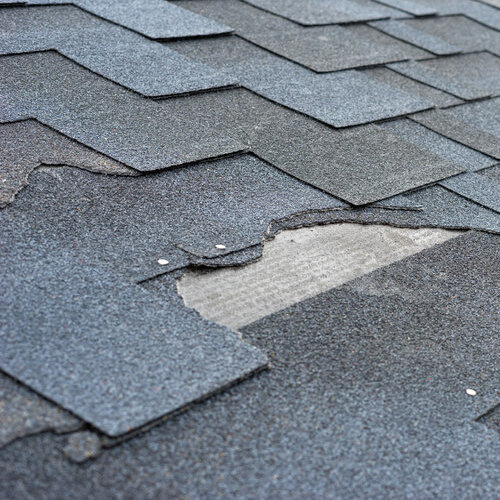
The Most Common Question: Is roof hail damage covered by insurance?
Yes, in most cases roof damage caused by hail will be covered under your homeowner’s insurance. Extreme weather situations like high winds, tree limbs (or trees), tornados, etc., are considered roof damage by acts of nature. However, you should review your policy with your agent to confirm your coverage. Meanwhile, if you’re ready for repair or searching for more information, reach out to us at 214-373-1500.

